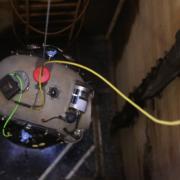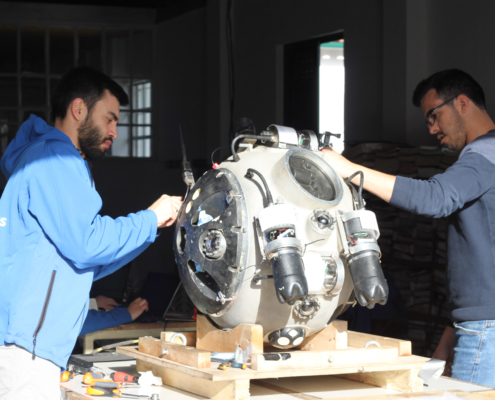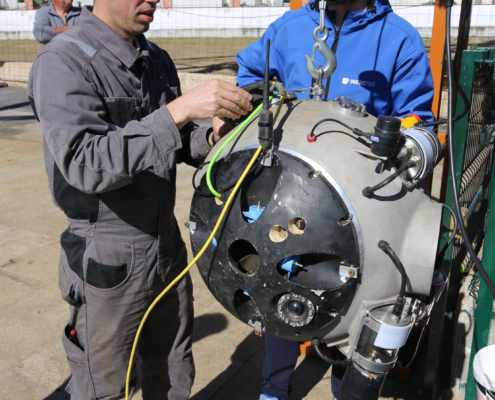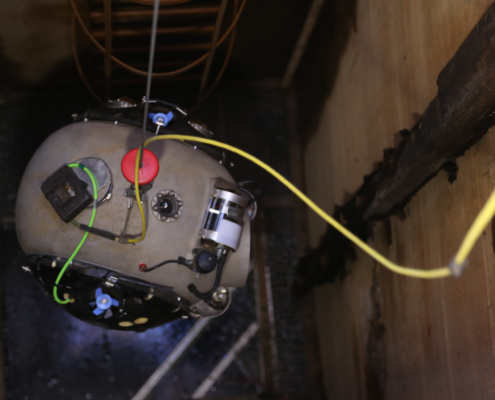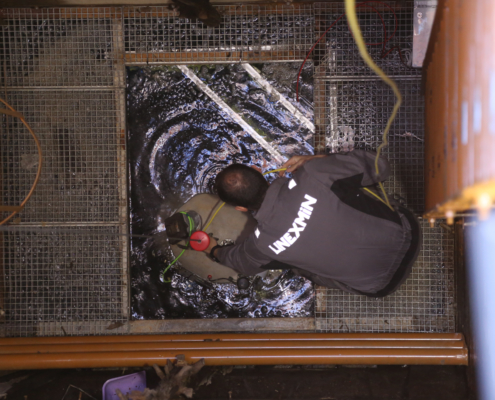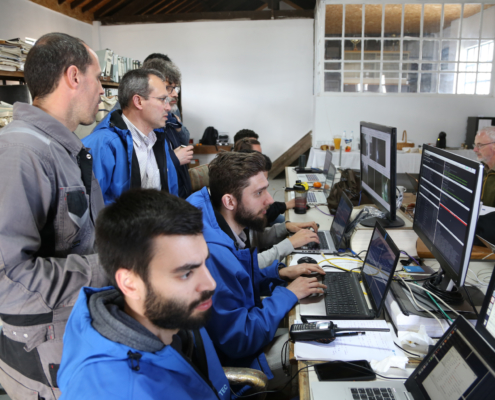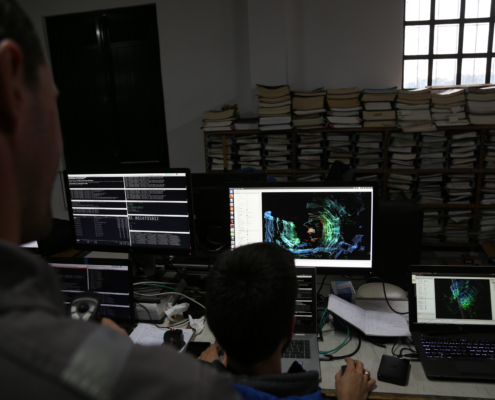UNEXMIN presented during EGU 2019
The UNEXMIN project was once again present at the EGU General Assembly following the example of 2017. In this year’s edition, UNEXMIN was featured under the session “The New Roadmap for Mineral Exploration: Challenges and Innovative approaches“. The talk was held on the 8th of April before an audience of 60 geoscientists from all over the world to whom this innovative project was communicated.

UNEXMIN answered to the call to present “research contributions show case or assist elucidating a better understanding of novel and innovative approaches to the search of mineral deposits for the future in new environments (e.g., at depth, bottom of the oceans, frontier regions, regolith-dominated terrains…), spanning from economic, environmental and technical challenges to greenfields or browndfields technologies and methodologies”. Within this session, UNEXMIN was right at home.
UNEXMIN’s presentation, entitled “UNEXMIN: an innovative approach for mineral exploration in flooded mines” fitted perfectly under the aim of the session and contributed to discussion on this and other innovative mineral exploration techniques, both during and after the session. Interest in the UNEXMIN topic was translated into questions at the Q&A session that followed the presentation. The past, current and future state of the project and its related developments were discussed.
Albeit short, only 12 minutes, the presentation reached an important part of the project’s stakeholders, the geoscientific community, contributing to the dissemination and communication efforts that have been a project’s focus since the beginning. Future collaboration within the raw materials sector and, in particular in mineral exploration, was also discussed. UNEXMIN, together with other projects and initiatives, aims at strengthening the European raw materials sector and contribute to its policy.
It was a pleasure to be represented at EGU 2019 and the UNEXMIN project can only hope to be back in a next opportunity.

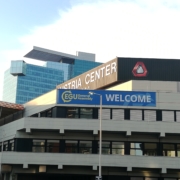
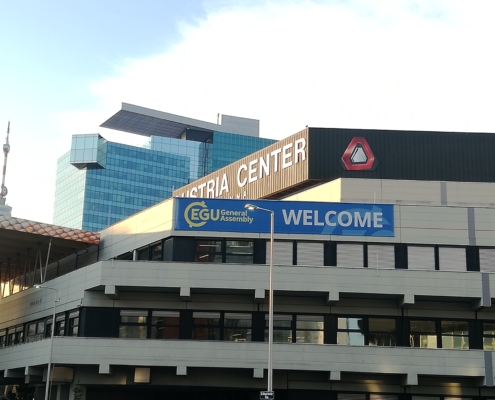
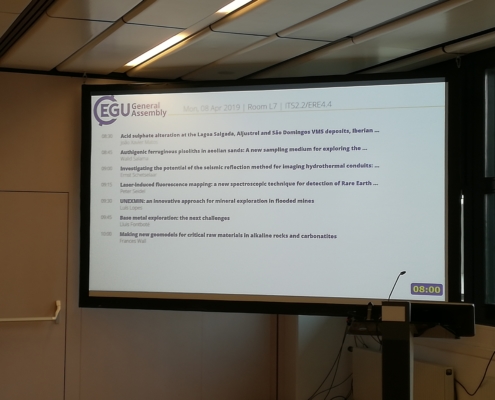
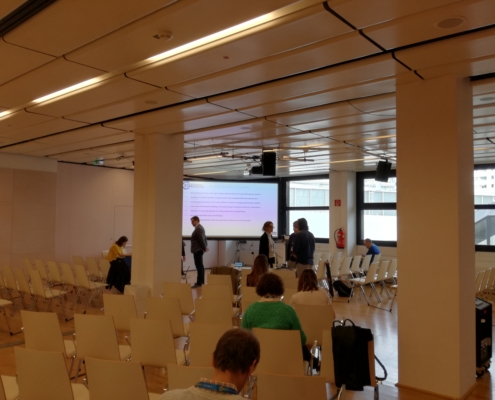
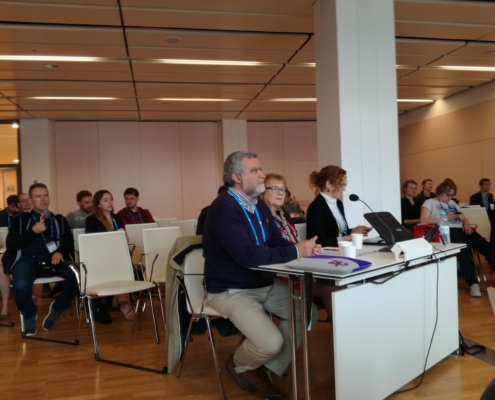
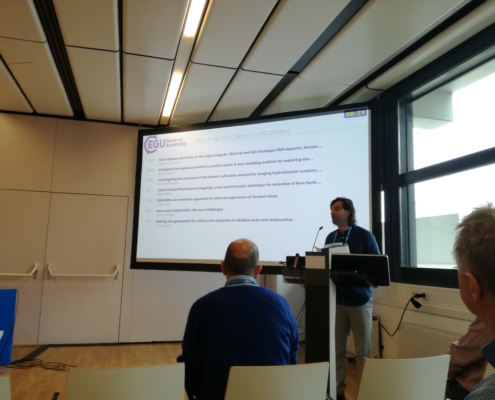
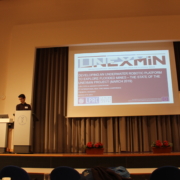
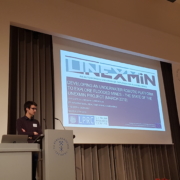
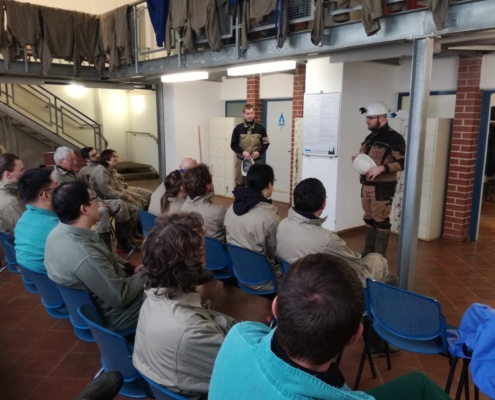
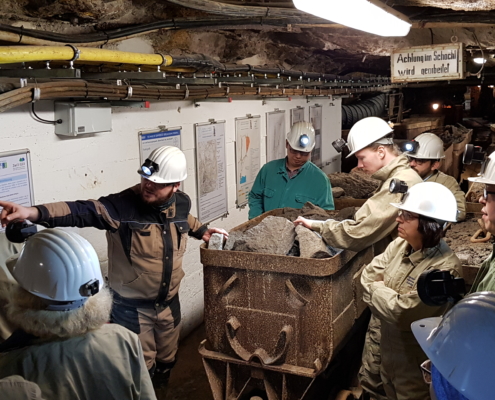
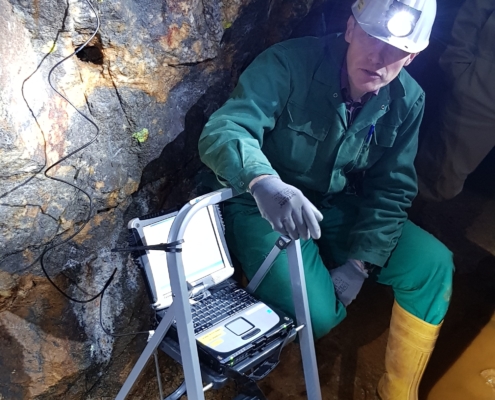
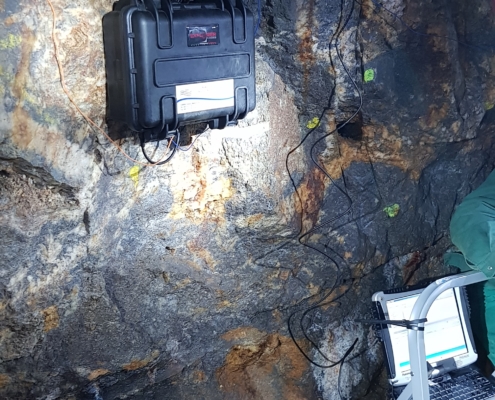

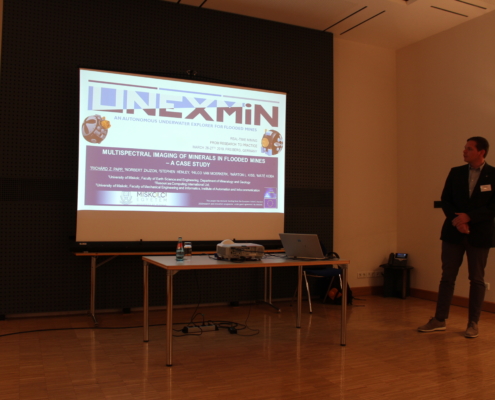


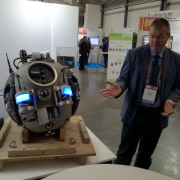
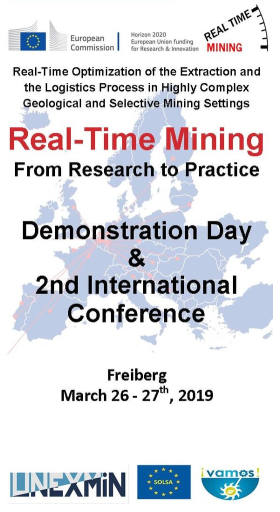 For this event, the UNEXMIN project will bring a total of four presentations, focussing on 4 areas:
For this event, the UNEXMIN project will bring a total of four presentations, focussing on 4 areas: